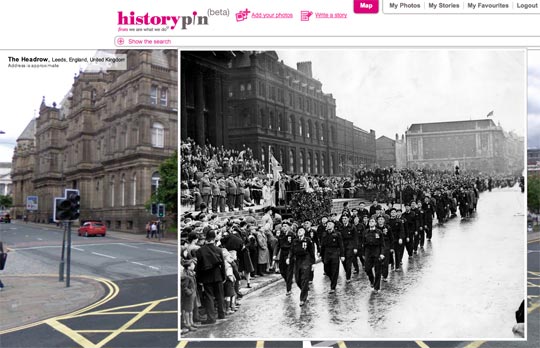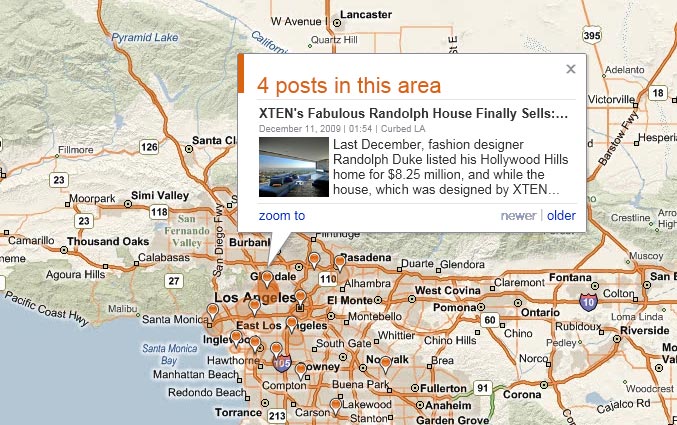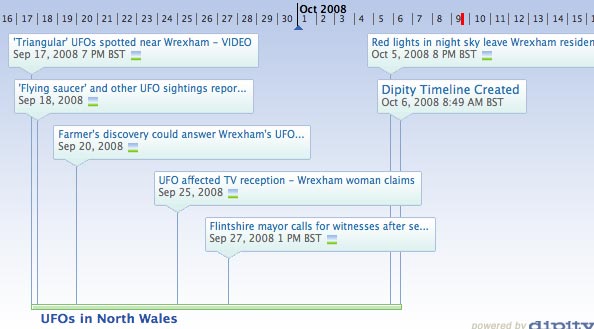At last week’s Digital Editors’ Network event in Preston, Trinity Mirror’s new geotagged news maps were a popular topic of conversation.
Launched on the Liverpool Echo and Liverpool Daily Post (LDP) websites, the maps let readers search for news by postcode.
But what information are journalists required to input to make the maps work? and how does this affect their newsgathering?
Alison Gow, deputy editor of the LDP, explained the system to Journalism.co.uk:
“At the moment, every time our reporters create a news story they fill in certain fields which dictate where a story is placed online (e.g. story type, keyword tags, author).
“For stories to appear on the map the reporter simply ensures the new ‘postcode’ field is also completed; they do this by chosing from a vast selection of regional postcodes which are already included in a dropdown menu.”
For stories that could be tagged with multiple postcodes, the primary site of the news, e.g. the accident site in a road crash, is currently being used, though multiple location tagging is being looked into.
“We don’t use them for everything; there would be no point in geotagging Liverpool town hall for every council story, for example. But for location-specific articles they work really well.
“As it grows the map offers greater potential for ‘news from your street’ for readers, and it makes the Post and Echo sites more sticky – people can see markers for stories in their area and this should encourage them to click through and read more,” said Gow.
To develop the project further, the same map format is being looked at for other editorial content, such as business articles, she added.
Any more questions about the journalists involvement with these maps? Leave a comment and hopefully we can get a response.





